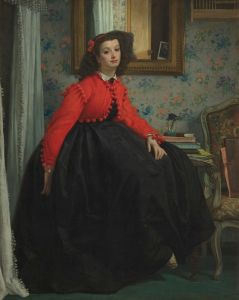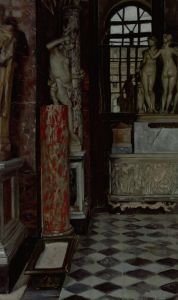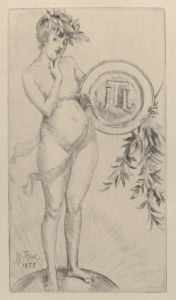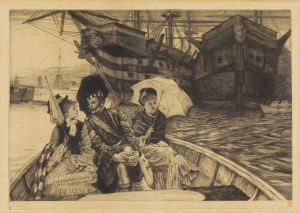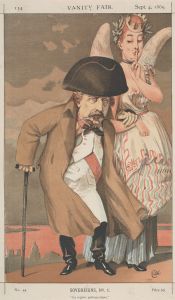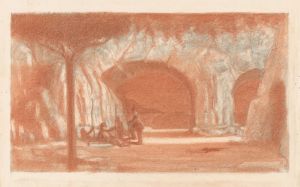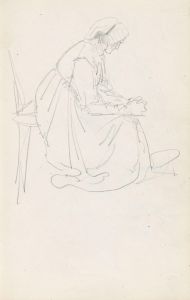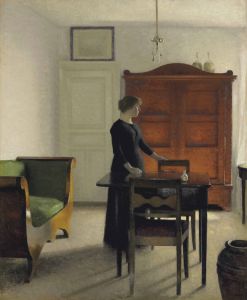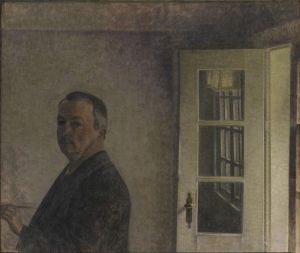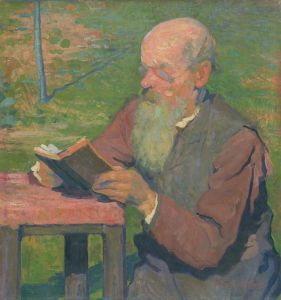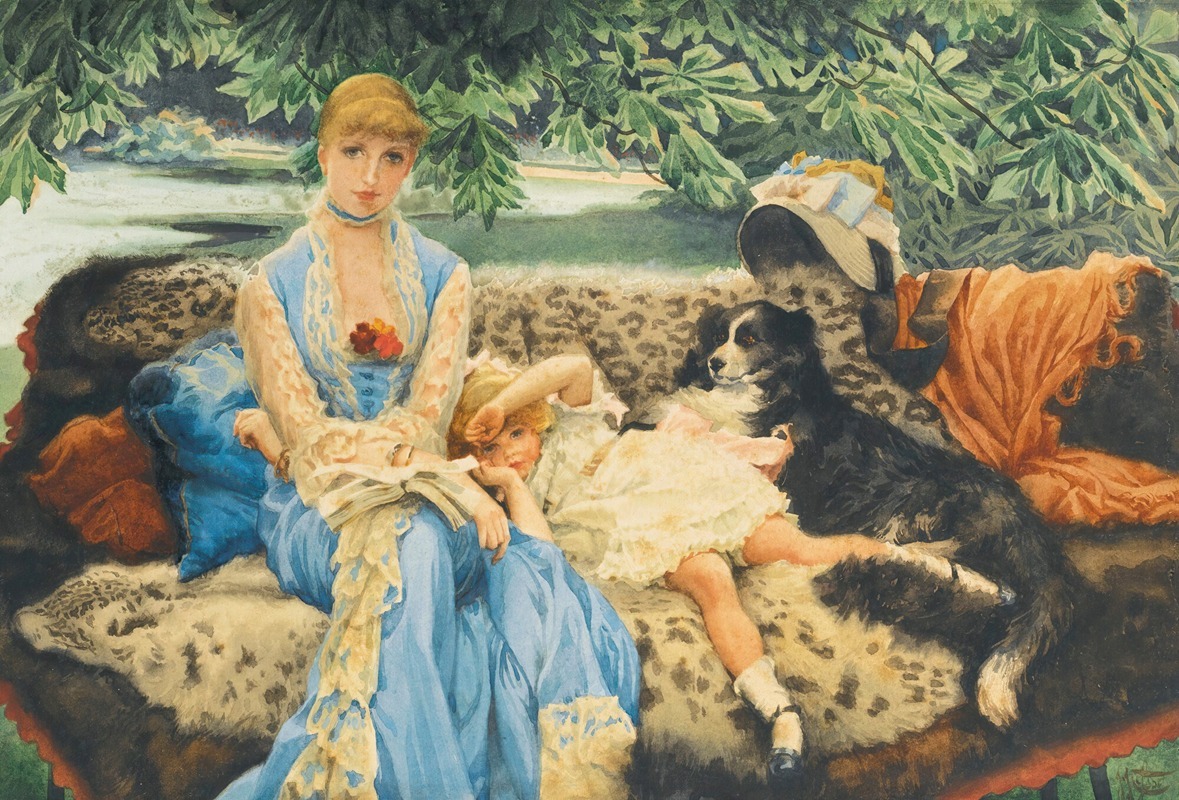
Quiet
A hand-painted replica of James Tissot’s masterpiece Quiet, meticulously crafted by professional artists to capture the true essence of the original. Each piece is created with museum-quality canvas and rare mineral pigments, carefully painted by experienced artists with delicate brushstrokes and rich, layered colors to perfectly recreate the texture of the original artwork. Unlike machine-printed reproductions, this hand-painted version brings the painting to life, infused with the artist’s emotions and skill in every stroke. Whether for personal collection or home decoration, it instantly elevates the artistic atmosphere of any space.
James Tissot, a French painter and illustrator, is known for his detailed and often enigmatic works that capture the nuances of 19th-century society. One of his notable paintings is "Quiet," which exemplifies his skill in portraying intimate and contemplative scenes.
"Quiet" was painted during a period when Tissot was deeply engaged with themes of domesticity and the private lives of women. This painting reflects his interest in capturing the subtleties of human emotion and the quiet moments of everyday life. Tissot's work is often characterized by its meticulous attention to detail, and "Quiet" is no exception. The painting showcases his ability to render textures and fabrics with precision, a hallmark of his style.
The composition of "Quiet" is carefully constructed to draw the viewer into a serene and introspective world. Tissot often employed a muted color palette, which is evident in this painting, creating a sense of calm and tranquility. The use of light and shadow in "Quiet" adds depth and dimension, enhancing the overall mood of the piece.
Tissot's background in both French and English society is reflected in his work, as he spent significant time in both countries. This dual influence is often seen in his paintings, which blend elements of French elegance with English restraint. "Quiet" can be seen as a representation of this cultural synthesis, capturing the essence of refined domestic life.
The painting is also notable for its portrayal of women, a recurring subject in Tissot's oeuvre. He had a keen interest in the roles and experiences of women during the Victorian era, and his paintings often explore themes of femininity and social expectation. In "Quiet," the female figure is depicted in a moment of solitude, inviting viewers to ponder her thoughts and emotions.
Tissot's work was well-received during his lifetime, and he enjoyed considerable success both in France and England. His ability to capture the spirit of the age, combined with his technical prowess, made him a sought-after artist. "Quiet" is a testament to his skill and his unique perspective on the world around him.
Today, James Tissot's paintings, including "Quiet," are appreciated for their historical significance and artistic merit. They offer a window into the past, providing insight into the social dynamics and cultural norms of the 19th century. Tissot's legacy continues to be celebrated in art galleries and museums around the world, where his works are studied and admired for their beauty and complexity.
In summary, "Quiet" by James Tissot is a quintessential example of the artist's ability to capture the subtlety of human emotion and the quiet moments of life. Through his meticulous attention to detail and his nuanced portrayal of women, Tissot offers a glimpse into the private world of the Victorian era, making "Quiet" a valuable piece of art history.





